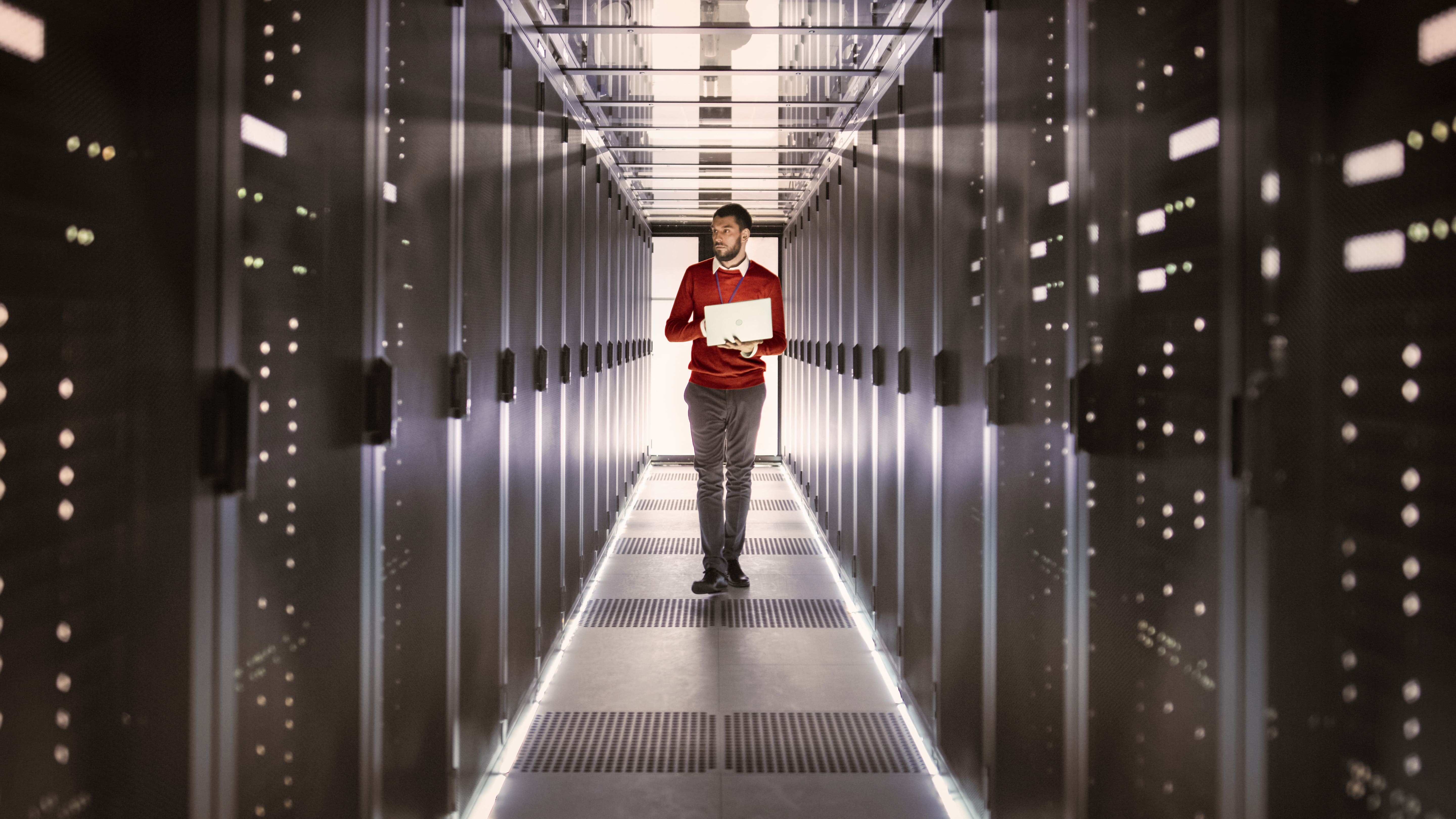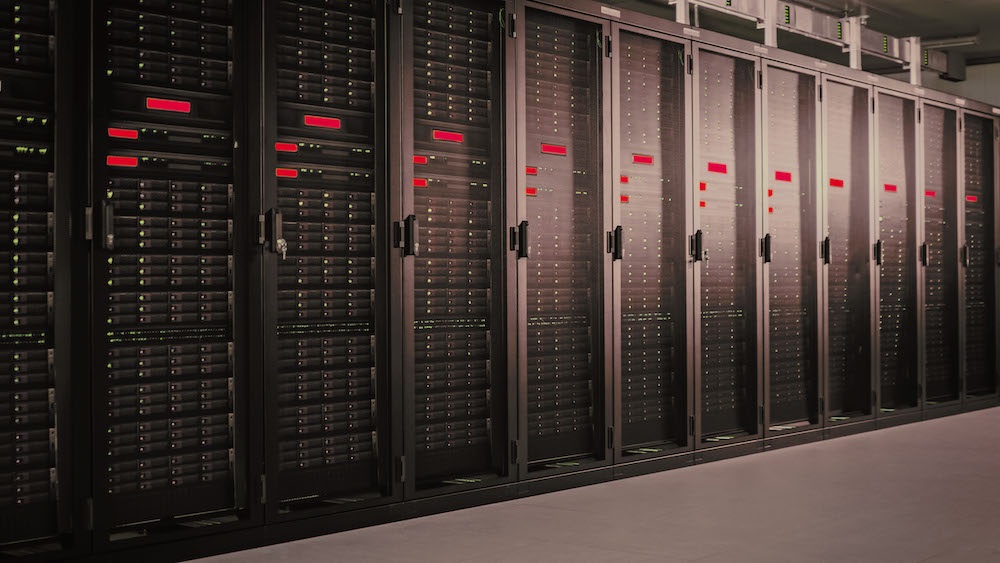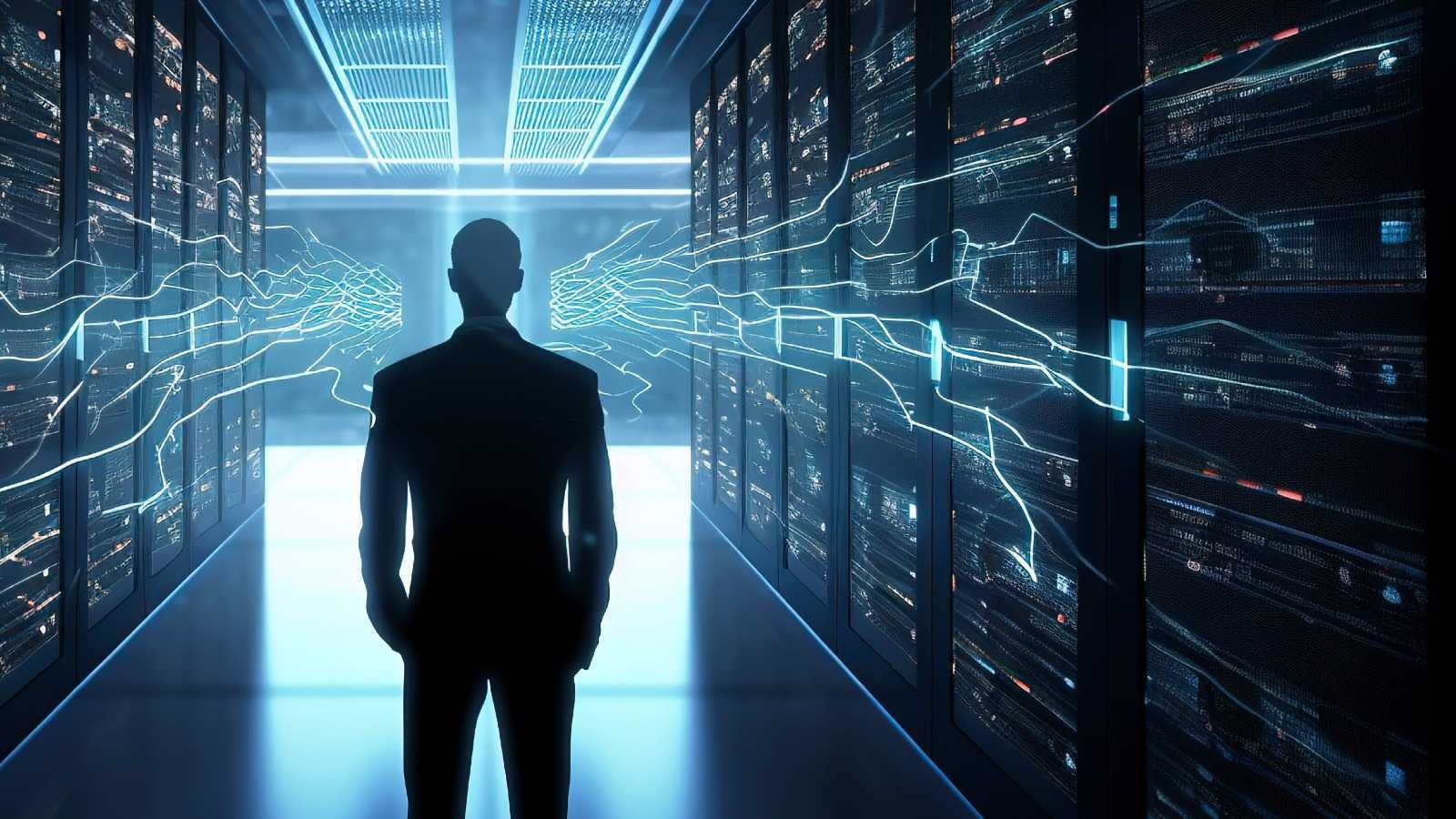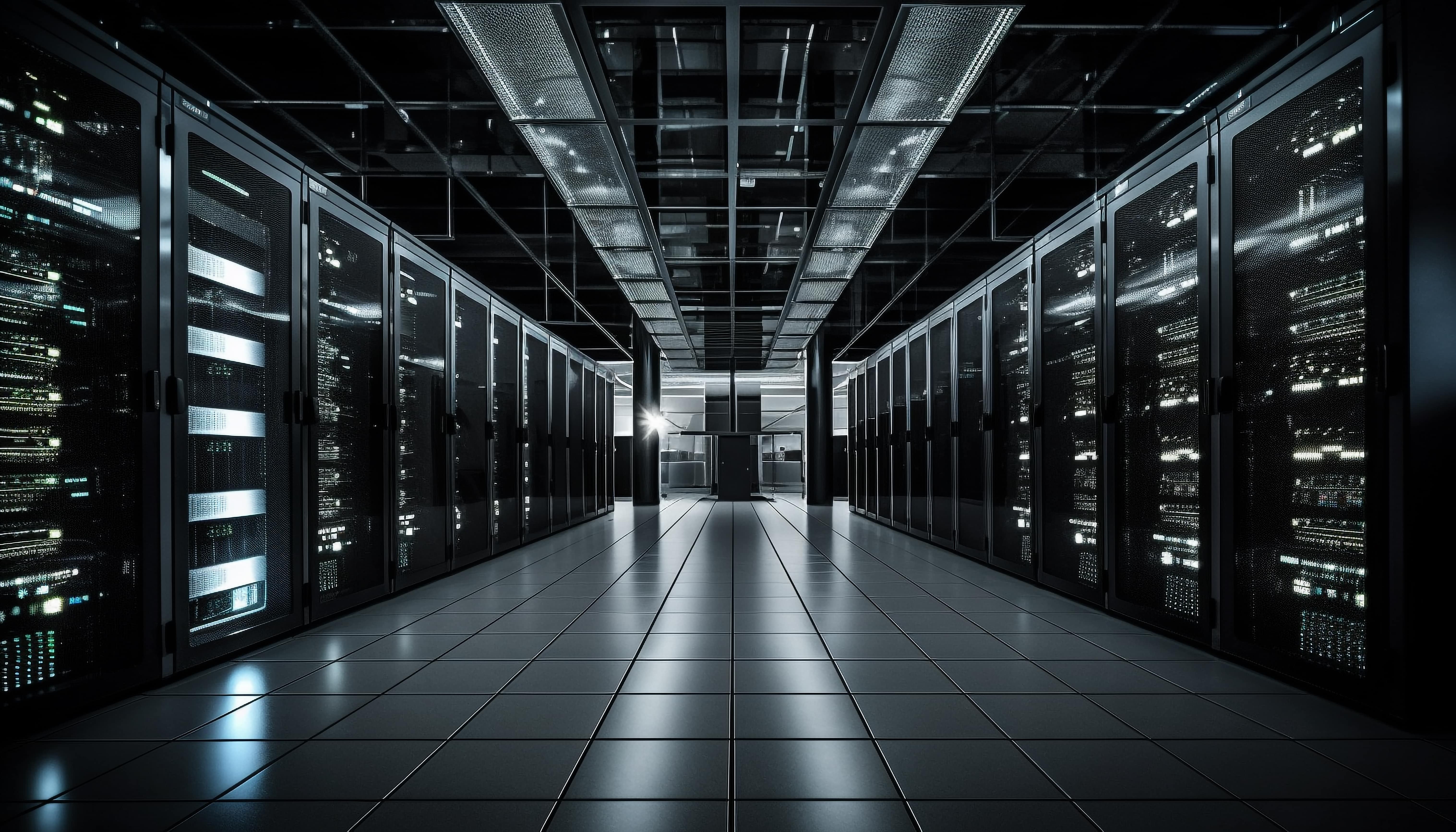Indian Data Centers: On a “Green” growth trajectory
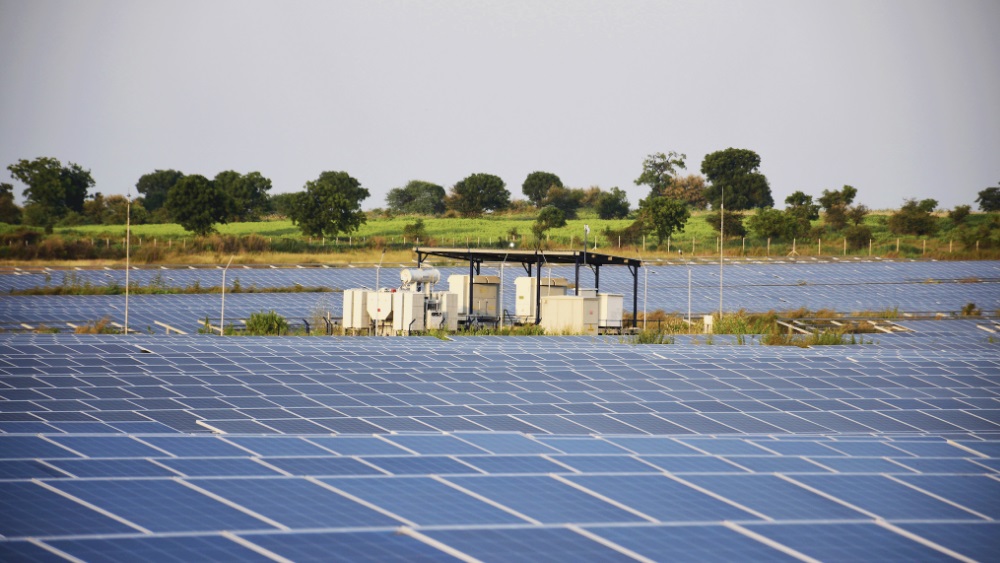
Accelerated demand for digital calls for a much more focused approach to building sustainability into every aspect of a data center right from design to build and operations. Globally, organizations are more inclined towards choosing data center partners who have a defined sustainability strategy that helps them meet their organization’s emission goals. In her blog, Dr. Sasmita K Das, ESG Manager, Nxtra by Airtel, sheds light on top sustainability priorities for data centers, the backbone of digitalization.
The journey towards digital maturity involves businesses carefully navigating through the digital paradox. Software in itself has no carbon footprint, but the energy required by the hardware to host and compute widens the perimeter of this paradox. With businesses depending more and more on data centers to expand digitally, the locus of GHG emissions from the software industry unfortunately lies with data centers. Currently, the data center industry across the globe is consuming more than 2% of global energy and is likely to hit the 8% mark in less than a decade. It isn’t surprising that sustainable data centers are at the focus and expected to be operating at high efficiency (with a PUE of 1.3 or less).
Digital sustainability is a top priority for businesses & they are cognizant of the environmental cost of being completely and continually online across a variety of devices. In the Indian context, businesses with aggressive digitization ambitions are resorting to partnering with hyper-scale data centers to meet their need for agile, resilient and modernized technology & operations, and one of their top priorities is to do so sustainably. With the data center industry in India predicted to reach a market size of 10 billion USD in the next few years, this is an opportunity for us to work towards establishing 100% “green interconnectedness”.
As a developing industry, which is far from saturated, going green begins at the planning stage with deciding on how the basic infrastructure – outer construction of a data center is undertaken. A mere 22% of the data center buildings in India are LEED certified. And, it would help to work towards the certification right from the outset. Upcoming data centers are collaborating with partners that deploy sustainable materials, designing optimized spaces that require minimum energy consumption for temperature control, maximizing inner real estate for housing servers, pre-plan air management, water recycling & disposal, optimizing waste management and using maximum outer real estate to house solar panels. Even the legacy data centers are taking significant strides towards investing on retrofits for increasing efficiency or capacity without disrupting the building infrastructure or operations along with climate-proofing their existing infrastructure to integrate climate change mitigation and adaptation measures. Each step fuels the circular economy and creates the roadmap for going carbon neutral or carbon negative in the future. It also builds the base towards upping the use of renewable energy in daily operations and increasing PUE1 as well as WUE2 indices.
Increasing renewable energy consumption is now hygiene for data centers. Efforts around maintaining a robust sustainability index and getting certified as Tier III or Tier IV green centers have now become an integral part of the value proposition that Indian data centers offer to their clients. Reports suggest that nearly 62% of Indian businesses prefer technology partners with a strong sustainability agenda. This is no more limited to larger or global businesses. In fact, the drive for sustainability is stronger in Indian SMEs and MSMEs operating through mini-metros, in rural and suburban India. The hinterland makes perfect location for harbouring data centers with larger capacity at lower capital costs.
It also enables us to choose locations that are elevated with lower temperatures. Such locations offer unhindered large spaces with the capacity to include recycling plants for increasing water efficiency; additional ground base for solar panel installations as well as the space to harness wind energy, should we choose to invest in that direction. Additionally, data centers located along the coastal belt have the advantage to utilize government-approved offshore windmills by laying their own cables from the windmills to their facilities directly, without putting additional strain on the electrical grid.
It is also an opportunity for organizations such as ours to extend renewable energy to the local population and invest in the maintenance of regional biodiversity. Sustainability may begin at home, but it should ideally expand to include the larger community around us – not just humans but all inhabitants of the ecosystem. Formulation of robust environmental policies as defined by the Indian Government makes it viable for us to do so.
With the central government’s ambitious provisions on sustainability, there is immense official support and encouragement from the state governments for the construction of data center parks in locations other than the usual ones majorly in Tier I and II cities. After the government accorded “infrastructure status” to data centers, the move has helped companies to get easier access to low-cost institutional credit at lower rates across the domestic and international arena and attract foreign investments. To add to this, most of these locations are classified as SEZs which then benefit businesses within the industry in more ways than one, leaving a little more room for investment into frameworks, programs and tools which empower sustainable operations and control waste, pivoting the Indian data center industry to become one of the largest in the world. It gives us space to quicken the adoption of some of the global trends which are critical to our growth.
Global leaders within the industry have taken to partnering with Ecopreneurs and sustainable solution providers to improvise operational efficiency and reduce their dependency on fossil fuels. One such collaboration in this direction is to develop and implement generator-less data centers to cut emissions. While this is still in the making, replacing diesel-run generators with those that use hydrogen cells is being seen as the next major step in improving PUE. Using Fuel cell technology, Hydrogen or Green Ammonia energy or using Li-on batteries are options that are being explored with Sustainable technology companies working with global Tech and Telco giants so it is made available at a cost that is conducive to adoption.
Cooling technologies like rear doors, immersion cooling, water cooling, etc., which reduce a significant amount of power consumption are seeing fast-paced adoption as many data center operators prefer to operate their units at 27 degrees Celsius, as recommended by ASHRAE. With partners and vendors also making a shift towards sustainable manufacturing it may help DCs to take a strong stand towards using server manufacturers who are willing to accommodate designs such as cooling circuits beneath servers to take away the heat from the source. With technology evolving, the adoption of liquid cooling may become a framework mandate rather than being implemented in retrospect & in-row or rotodynamic heater-based cooling designs may become a norm.
While most players are heavily invested in exploring alternate means of power supply and are looking to develop their own captive solar, wind and hybrid plants for energy, many of the DCs are not large-scale and may follow more of a hub and spoke model or form a part of the edge data center category are preferring to procure renewable/clean energy from various private and government-owned RE sources.
All in all, with data centers being the backbone for digitalization it now rests on our shoulders to become the locus for green connectedness thereby insisting our clients and our partners to join the league too. It’s time to increase our green digi-print as an industry as we are perched on the anvil of global expansion.
At Nxtra, our sustainability blueprint has been focused on keeping our ESG indices in the positive and as per global trends in the sector. By incorporating sustainability-led innovations, technology as well as solutions, we have been steering to lead our digitisation journey in an environmentally conscious, socially acceptable and economically viable manner. We became the first data center company in India to introduce hydrogen-ready fuel cell technology with considerably low carbon emissions, in partnership with Bloom Energy. We are seeking future collaborations for attaining water positivity, waste reduction, energy efficiency as well as touching the lives of all stakeholders including the community biodiversity. Our aim is to help build a digital economy that is carbon neutral as we remain committed to reaching our zero net goals in the near future.
1 PUE: Power usage effectiveness is a metric used to determine the energy efficiency of a data center
2 WUE: Water usage effectiveness is a metric used to developed by The Green Grid to measure data center sustainability in terms of water usage and its relation to energy consumption.
 Twitter
Twitter
 Email
Email
